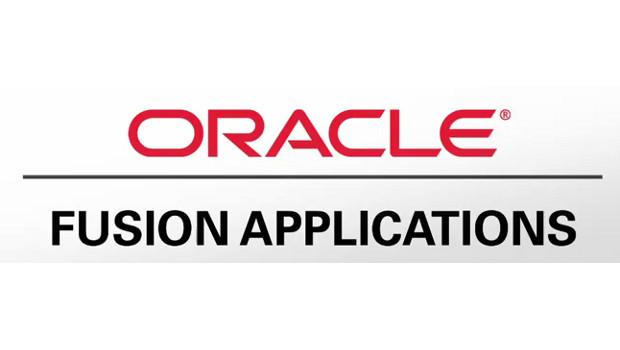Oracle is continuing to simplify the look and feel of its Fusion Applications, including with a new skin inspired by Apple iOS 7, as the vendor ramps up marketing efforts around its application portfolio.
The changes come as part of the eighth update to Fusion Applications, which first became available in 2011 after a lengthy development process.
Release 8 “includes an updated look-and-feel to all pages,” according to an official Oracle blog post. “The design reduces perceived visual clutter with minimised use of shading, gradients, and borders. Specific design changes includes a focus on current UI visual design trends, such as a flatter, cleaner display (think iOS 7).”
Oracle is calling the applications’ new skin Skyros, after the Greek island. Skyos takes advantage of the latest standards in cascading stylesheets and is less dependent on images than the previous skin, which was called FusionFX, “improving speed, flexibility and consistency,” the post adds.
Support for existing FusionFX will continue “at least until Release 9” of Fusion Applications, according to the post.
Oracle conducted extensive usability testing for Fusion Applications prior to their launch. The applications span from enterprise resource planning (ERP) to customer relationship management (CRM), with some 100 modules in total available.
Oracle has publicly tempered expectations for Fusion Applications sales, stressing that customers now running its E-Business Suite, JD Edwards, PeopleSoft and Siebel software suites can adopt them gradually at a pace of their own choosing.
But Constellation Research has been receiving between 15 and 20% more inquiries about Fusion Applications since Oracle began ramping up its marketing efforts in this area early last year, said Ray Wang, chairman and founder of the analyst firm.
Release 8 also brings updates to Fusion’s Simplified UI, which is aimed at helping casual users complete simple and common tasks quickly.
The new features include better social network integration, a “getting started” section and more dashboards, according to the blog.
Oracle needed to provide user experiences catering to both power and casual users, according to Floyd Teter, senior project director at Io Consulting and an expert on Fusion Applications.
“The original Fusion user experience was a great move forward when originally released,” Teter said via email. “’Tell me what I need to know, what to do about it, and who can help’ was a powerful approach at the time. But, as always, the market changes. What was effective a few years ago is no longer so effective. The new approach is really best described as “tell me what I need to know, what I need to do, and make it easy.”
Oracle has done a lot of research on how their customers work since the release of Fusion Applications, “and most don’t really need the feature-laden original UX,” Teter added.
Someone in charge of a company’s accounts payable business process might need them, but a salesperson who wants to check on an expense report payment won’t, Teter said. “They just want to easily do what they need to do within the app and then get out of it.”
Simplified UI “was driven by a combination of customers voicing a need in a changing market (simple is the new cool) and Oracle’s competitors offering a simpler UX,” Teter said. “Younger workers in particular, as they enter the workforce, will not work with applications with a complicated UX. It’s a matter of rapidly-changing expectations and Oracle’s struggle to keep up.”
Over time, the bulk of Oracle’s applications will likely gain a more consumer-like feel, even for the power user.
Speaking at a conference in January, Oracle CEO Larry Ellison said the company’s new user interfaces are “modelled after Facebook.”
Oracle wants to keep pace in this area with the likes of cloud human capital management (HCM) software vendor Workday, which recently unveiled a revamped user interface based on HTML5, which allows for cross-platform deployments.
Chris Kanaracus, IDG News Service







Subscribers 0
Fans 0
Followers 0
Followers